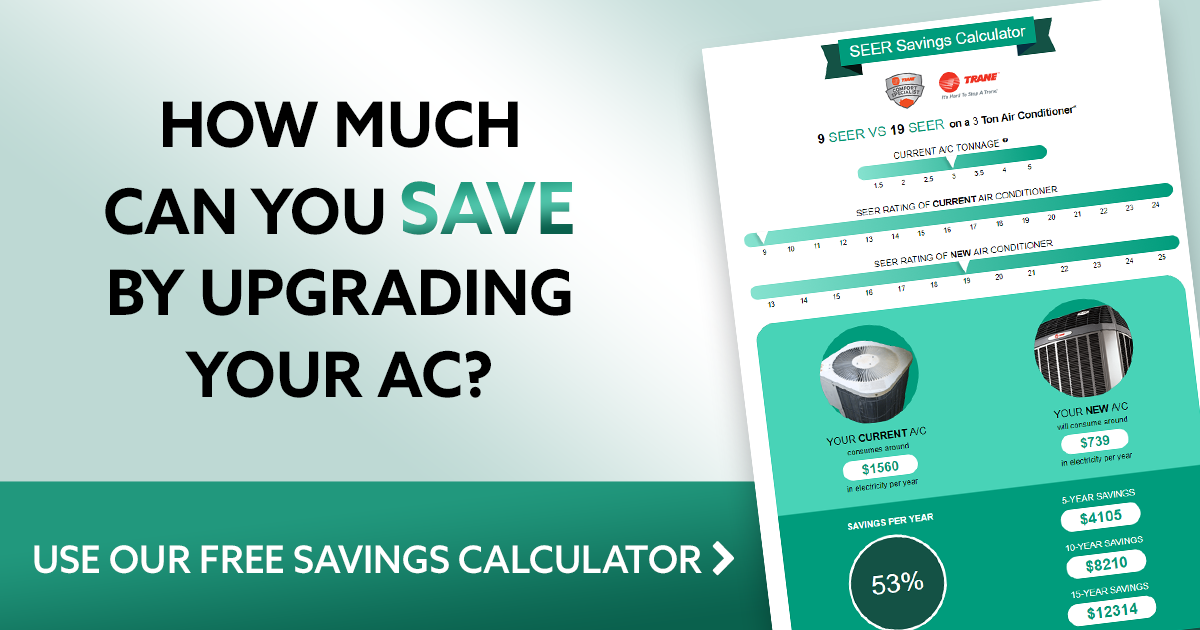Hey All,
I recently got a 10.89 kW DC solar array installed on my home and it consists of the following:
33x 330W Panasonic VBHN330SA16
1x SolarEdge SE7600H-US
2x Tesla Powerwall 2
The array is split into two strings, east side of the roof and west side of the roof.
I didn't have a full years worth of electrical usage data so I did my best to estimate my usage. I got close but I undershot.
We're using a bit more in the summer time than I had expected and it basically ate up my extra "budget" that I had planned for an electric car down the line.
On top of that the installer didn't really explain the consequences (AC output clipping) of using the 7.6 kW inverter with the 10.89 kW array, so I didn't know that I wouldn't get my whole output until everything was said and done.
I wish I would've known this before we did everything, but so be it, very expensive mistake on my part.
---------------------
I was thinking of upsizing the inverter to reduce the clipping losses.
This would involve upgrading the 7,600W inverter to a 11,400W inverter (SE11400H-US)
From the pricing I can find online this would be about ~$2120 for the inverter. I plan to do the installation myself.
This option would also allow for me to add additional panels down the line to my array to help offset my consumption if the upgrade doesn't cover it. As I understand it the 10kW+ inverters have inputs for 3 strings.
---------------------
Based off of the spec sheet for the inverter (attached) I would need to upgrade the backfeed breaker from 40A to 60A (47.5A * 1.25 = ~60)
I would also need to upgrade the existing #8 wire from the inverter to the panel to #6 to handle the increased amperage.
I don't think I have to do any derating of the main breakers based off of this math:
Main Panel
225A * 1.2 = 270A
270A - 200A = 70A backfeed max
70A > 60A from inverter
Sub Panel
225A * 1.2 = 270A
270A - 125A = 145A backfeed max
145A > 60A from inverter
If I do have to de-rate things the disconnect in the main panel is field replaceable so I could go down to something like a QOM2175VH, which is rated at 175A.
Lastly, I've attached a copy of the existing electrical diagram and associated wire sizes.
I recently got a 10.89 kW DC solar array installed on my home and it consists of the following:
33x 330W Panasonic VBHN330SA16
1x SolarEdge SE7600H-US
2x Tesla Powerwall 2
The array is split into two strings, east side of the roof and west side of the roof.
I didn't have a full years worth of electrical usage data so I did my best to estimate my usage. I got close but I undershot.
We're using a bit more in the summer time than I had expected and it basically ate up my extra "budget" that I had planned for an electric car down the line.
On top of that the installer didn't really explain the consequences (AC output clipping) of using the 7.6 kW inverter with the 10.89 kW array, so I didn't know that I wouldn't get my whole output until everything was said and done.
I wish I would've known this before we did everything, but so be it, very expensive mistake on my part.
---------------------
I was thinking of upsizing the inverter to reduce the clipping losses.
This would involve upgrading the 7,600W inverter to a 11,400W inverter (SE11400H-US)
From the pricing I can find online this would be about ~$2120 for the inverter. I plan to do the installation myself.
This option would also allow for me to add additional panels down the line to my array to help offset my consumption if the upgrade doesn't cover it. As I understand it the 10kW+ inverters have inputs for 3 strings.
---------------------
Based off of the spec sheet for the inverter (attached) I would need to upgrade the backfeed breaker from 40A to 60A (47.5A * 1.25 = ~60)
I would also need to upgrade the existing #8 wire from the inverter to the panel to #6 to handle the increased amperage.
I don't think I have to do any derating of the main breakers based off of this math:
Main Panel
225A * 1.2 = 270A
270A - 200A = 70A backfeed max
70A > 60A from inverter
Sub Panel
225A * 1.2 = 270A
270A - 125A = 145A backfeed max
145A > 60A from inverter
If I do have to de-rate things the disconnect in the main panel is field replaceable so I could go down to something like a QOM2175VH, which is rated at 175A.
Lastly, I've attached a copy of the existing electrical diagram and associated wire sizes.


Comment